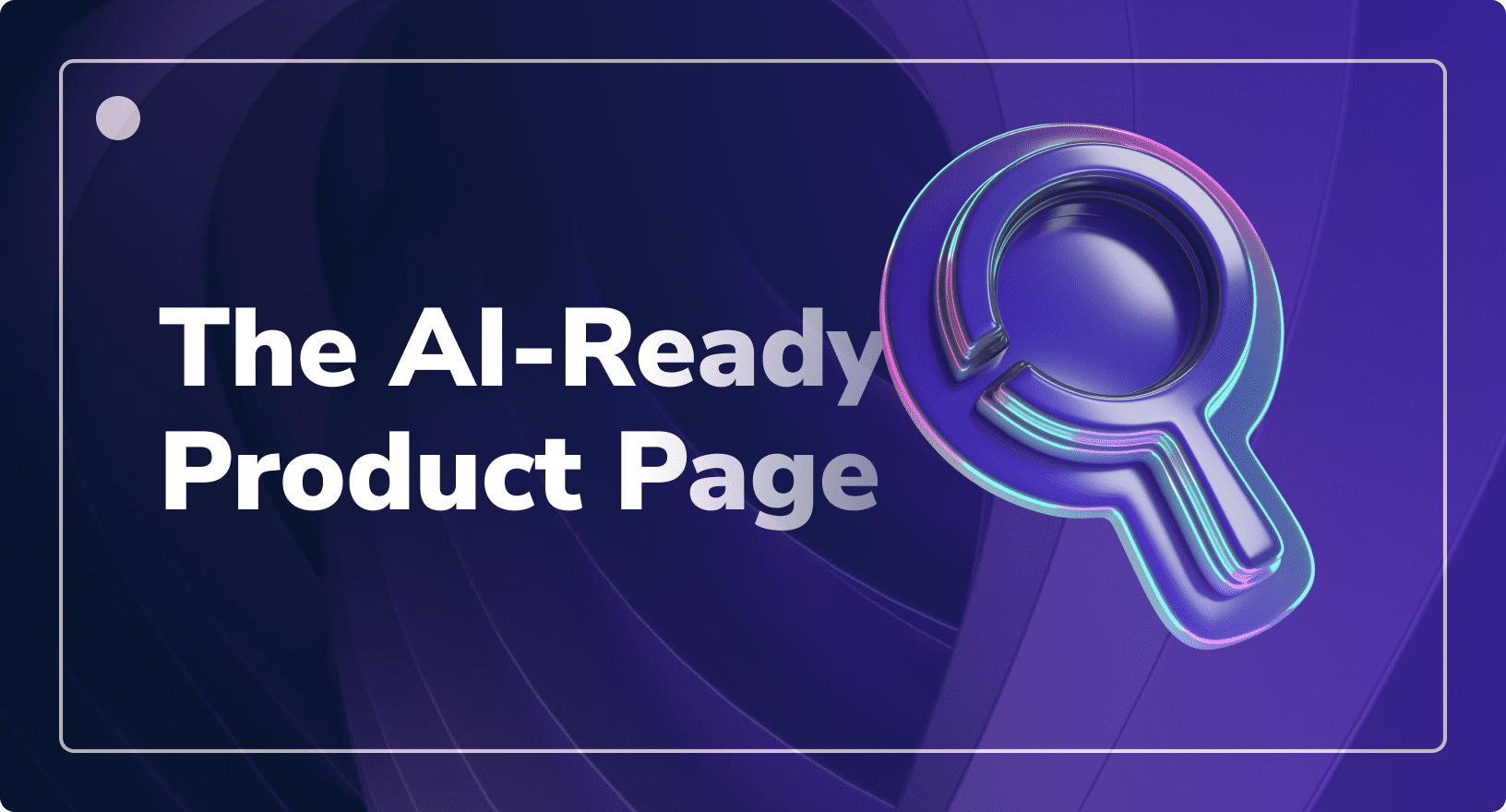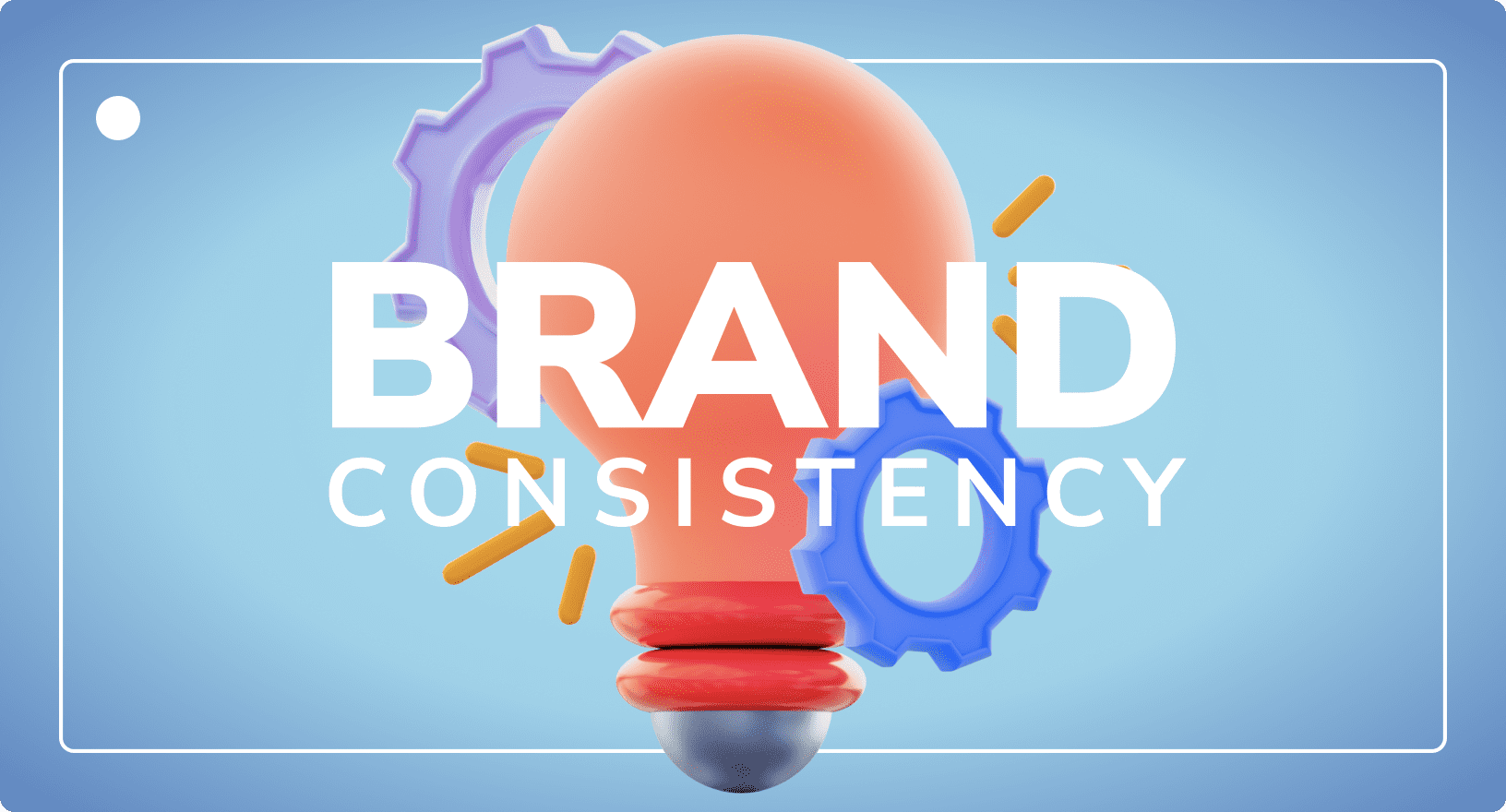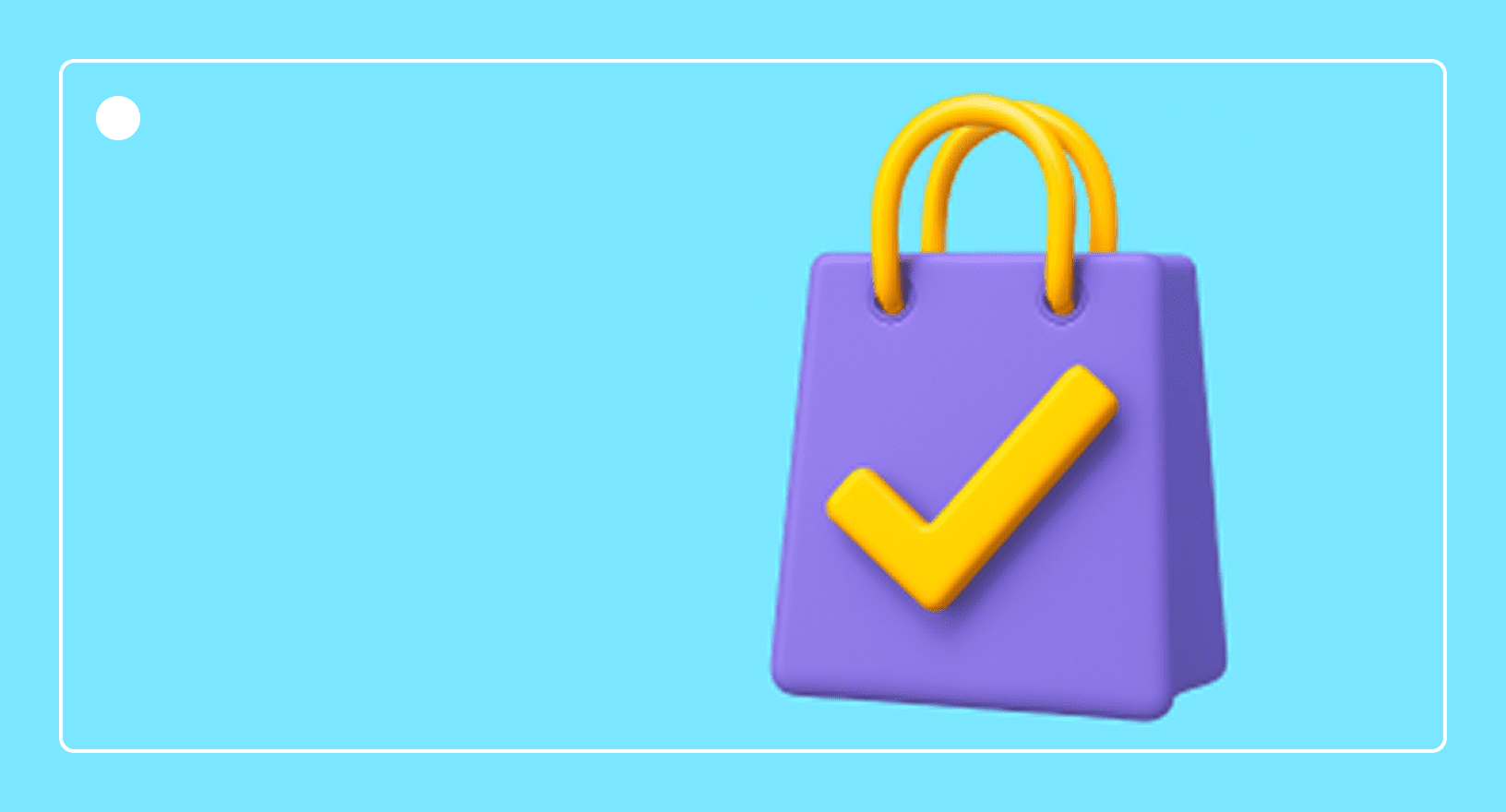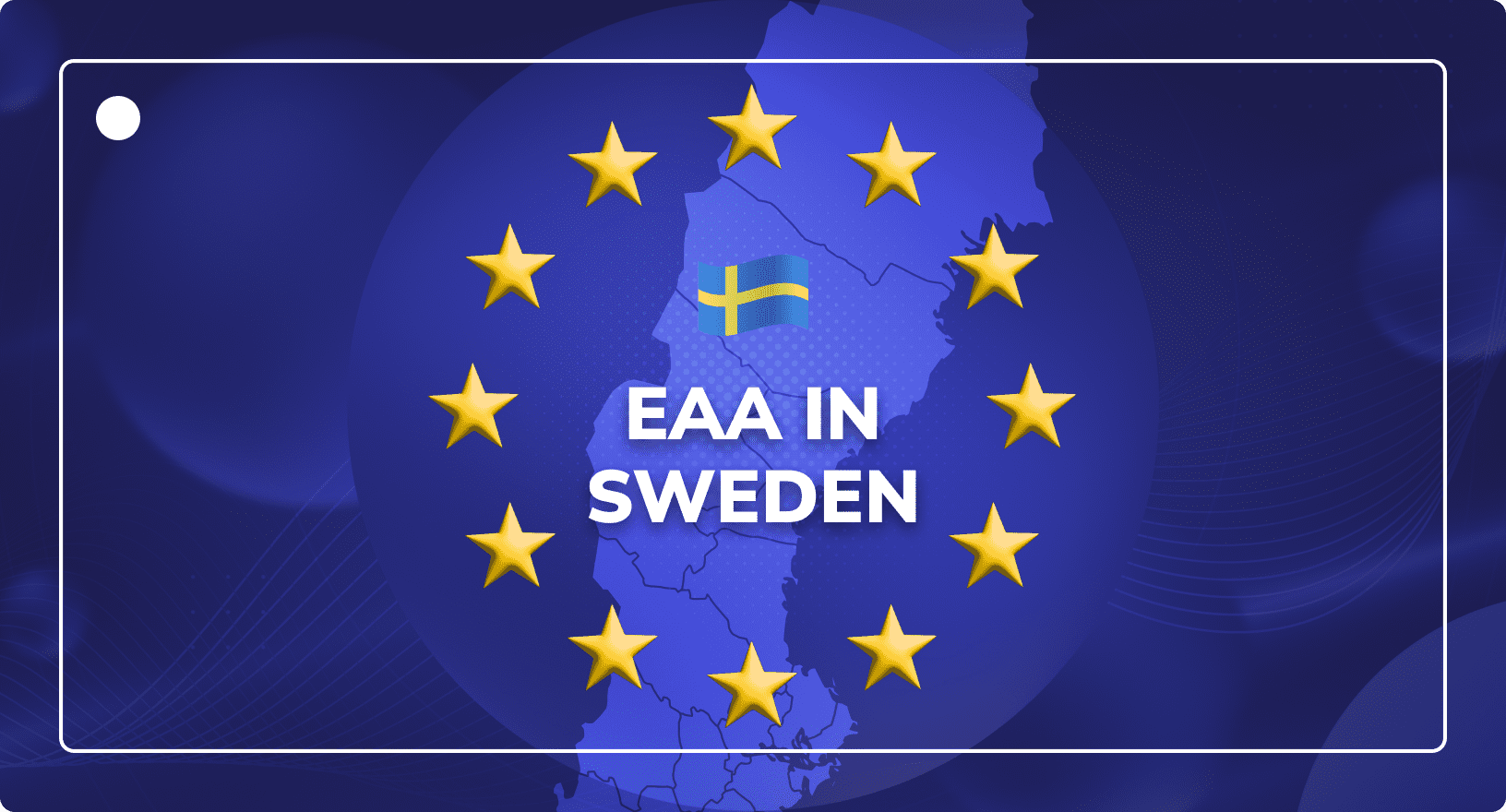Explaining Digital Rights Management & The Role of DRM in DAM
Digital Asset Management
Updated on February 13, 2025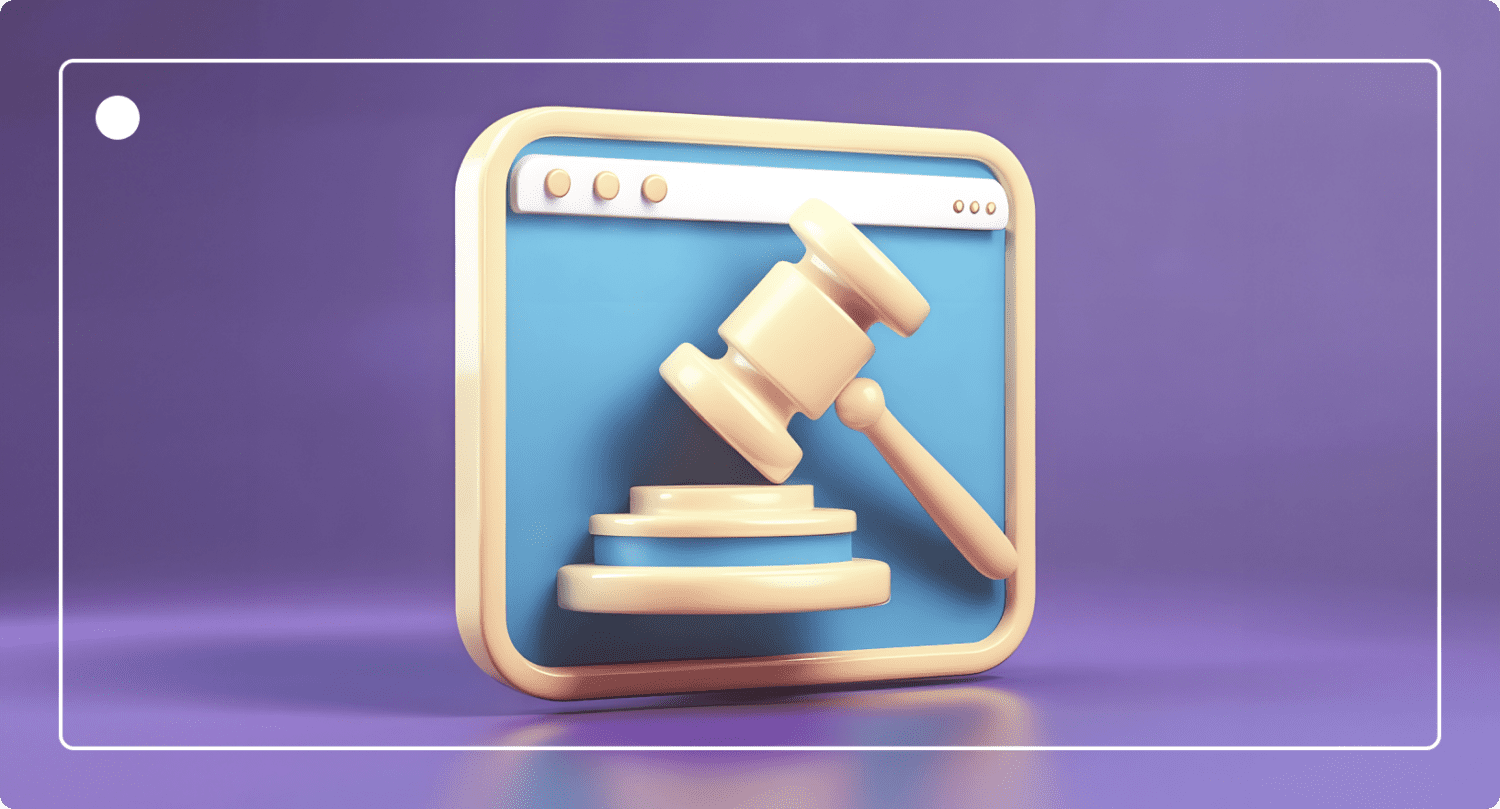
Understanding digital rights management (DRM) is essential for businesses handling digital content and intellectual property. As online piracy and unauthorised use become more prevalent, DRM technologies help companies restrict access to their copyrighted material.
The DRM application encrypts content and requires a decryption key to control who can access it. With the rise of digital assets and data protection regulations, DRM systems safeguard content owners from unauthorised distribution and circumventing DRM on platforms like torrent sites.
Whether it’s preventing users from taking screenshots or stopping unauthorised copying, DRM technology ensures compliance with copyright laws and protects sensitive information from misuse.
What is Digital Rights Management?

Comparing DAM Providers? Here’s a Free Playbook!
Download NowDigital rights management (DRM) is a technology that protects digital content like images, videos, and documents by controlling who can access and use it. In e-commerce, companies rely on DRM technologies to secure their digital assets, ensuring unauthorised users can’t freely distribute or misuse valuable content.
For example, product videos, promotional images, and branding materials can be safeguarded using DRM tech, allowing copyright holders to control how their content is shared and consumed.
Think of how DRM works when a business launches a new product. They may create engaging promo videos and graphics to showcase their product. However, without DRM technology, these materials could easily be stolen, altered, or redistributed without the company’s permission.
Businesses can encrypt content and add watermarks using DRM tools, but they require a decryption key to view or download digital files. This process helps protect the company’s intellectual property and prevent online piracy.
DRM also extends to e-books, music, and other digital products. Take Sony BMG as an example; their DRM technologies helped prevent users from illegally distributing music files.
Today, companies across industries rely on DRM to limit access to their materials. By adding watermarks or requiring licences, they safeguard their assets from unauthorised use and piracy, protecting their investments in creating these assets.
Beyond protecting copyrighted material, DRM technologies are essential in ensuring data security. Whether it’s sensitive documents or promotional materials, DRM allows businesses to control who gets to view, download, or share these digital assets.
A History of Digital Rights Management
As e-commerce grew, so did the need for digital rights management (DRM) to protect copyrighted material and maintain intellectual property.
Over time, companies realised the importance of DRM technologies in securing their files from piracy and ensuring they compensated copyright holders fairly. Platforms like media services, e-books, and video distribution began using DRM tools to control access and prevent copying.
In alignment with copyright laws, DRM works to balance protecting creators’ rights with the user’s ability to enjoy content.
How DRM Software Works
Digital rights management software protects online content like e-books, music, and videos from unauthorised use by setting policies around how users interact with copyrighted content. This helps content creators and companies retain control over their materials. Let’s break down the core functions of DRM software.
1. Encrypt Content
One of the first steps in DRM is encrypting content to secure it. This process scrambles the data so only authorised users with the correct decryption keys can access the material.
Whether it’s a video, e-book, or music file, encryption ensures the content isn’t exposed to those without permission. For example, when buying a song or certain product online, DRM programs encrypt the file to protect the distribution.
2. Control Access
Next, DRM programs regulate who can access digital content, which could involve verifying paying users or restricting access based on the operating system or devices used.
Companies often restrict access to prevent users from sharing files illegally or accessing the material on too many devices. Sony BMG was known for using DRM to determine how music could be copied or shared.
3. Usage Policies
DRM software can also impose strict usage policies. These policies define what users can do with the digital material—whether they can download it, print it, or share it with others. By setting clear rules, DRM helps protect sensitive information and ensures that your use of the content is within legal bounds.
By enforcing these policies, DRM helps other content creators maintain ownership rights while limiting the potential for legal issues under copyright laws.
4. Tracking & Reporting
Many DRM services also include tracking and reporting features. These functions allow companies to monitor how they use their digital content and who is accessing it.
For example, the DRM software can alert the content owner if unauthorised use is detected. This process helps enforce fair use and prevents copyright infringement, which is becoming increasingly important with the rise of internet-based distribution.
5. Expiration Dates
Finally, DRM software can set expiration dates on digital content, limiting the timeframe in which a user can access or use the material, especially for rented media like streaming videos or e-books.
Once the licence expires, the user can no longer open or use the file, adding another layer of protection to the content. Such protection is particularly useful for companies that provide time-limited access to their digital offerings.
Secure Your Digital Assets Now
Safeguard your content with advanced digital rights management features
Why Digital Rights Management?
Digital rights management plays a crucial role in e-commerce by protecting your brand’s assets and reducing financial risks. In an industry where counterfeit products and unauthorised use of brand materials are common, DRM helps safeguard copyrighted content like images, media, logos, and promotional videos.
The misuse of these materials can lead to revenue loss and brand damage. Digital rights management tools help you maintain management over your intellectual property, ensuring only authorised users can access or use your digital assets.
When someone unlawfully uses your brand’s content, it often leads to the creation of counterfeit products. These fakes not only dilute your brand but also steal potential profits. By leveraging DRM technology, you can stop this in its tracks.
Features like a watermark, encryption, and decryption keys prevent unauthorised parties from accessing or altering your materials, which is especially important for businesses selling e-books, software, or videos.
Compliance with legal frameworks derived from the e-Commerce Directive (Directive 2000/31/EC) is another benefit. It provides your business with a foundation to handle disputes when your content is misused. Plus, DRM limits access to sensitive files, ensuring your data and customer information are kept secure.
With DRM, you can also track how your content is shared across the internet and different devices. This way, you know who’s using your content, how it’s used, and whether any misuse is happening. It gives you protection that saves money and supports your brand’s long-term success.
DRM Use Cases
Digital rights management controls how media, software, and other copyrighted materials are distributed. From e-commerce to online services, businesses rely on DRM to manage and protect their digital properties. Below are key examples of how you can apply digital rights management to safeguard brand materials and maintain compliance.
Limit Access to Promotional Content
In e-commerce, limiting the usage of promotional content can be crucial for campaigns. For example, a brand may release exclusive offers through digital channels but only want to allow access to specific users during a launch.
By using DRM, brands can restrict who gets to see this content, ensuring that promotional materials don’t leak or fall into the hands of competitors before launch. Access is granted only to authorised users using decryption keys, limiting unnecessary exposure.
Trace Product Image Leaks
Unauthorised distribution of product images can harm a brand’s reputation. DRM technology helps trace where leaked images originated, which is increasingly important in e-commerce.
If a competitor or unauthorised seller uploads product photos without permission, the watermark embedded through DRM systems can reveal the source of the leak. This traceability helps protect brand assets and manage how they visually represent their products online.
Ensure Compliance with International Licensing
Businesses must often deal with international licensing rules in today’s global economy. With DRM, controlling how content, such as an e-book, video, or software, is accessed across different regions is easier.
Brands can use digital rights management to ensure their assets meet specific region-based licensing requirements. By applying restrictions, brands can stay compliant with international laws and avoid potential legal issues.
Eliminate Counterfeit Webshops
One of the growing threats in e-commerce is the rise of counterfeit webshops that sell knockoff products using genuine branding. DRM helps to limit these occurrences by controlling how official brand assets—such as logos and promotional images—are used online.
By applying DRM solutions, brands can revoke access to their digital files and issue takedown requests for counterfeit webshops misusing their assets. These measures help eliminate fraudulent websites and maintain brand integrity.
Prevent Unauthorised Use of Product Reviews
Product reviews are powerful marketing tools, but when used without authorisation, they can mislead customers. Using DRM, businesses can regulate who uses their authentic product reviews and how these reviews are displayed online.
This way, only trusted affiliates or retailers can feature official product feedback, preventing misuse by unofficial sites. Proper DRM implementation helps protect the brand’s reputation while ensuring that reviews reflect genuine customer feedback.
Monitor and Control Access to Brand Assets
Whether it’s product images, marketing videos, or promotional materials, brands must regulate access to their assets. DRM systems allow businesses to monitor how and where they use these materials.
Through features like a watermark, usage tracking, and file encryption, DRM ensures that only authorised users can access brand assets, keeping intellectual property secure. These measures are especially useful for businesses creating new marketing content, as they can monitor its circulation and ensure that assets aren’t misused or shared without permission.
Secure Your Digital Assets Now
Safeguard your content with advanced digital rights management features
Benefits of Digital Rights Management
Digital rights management offers critical benefits for businesses, especially in e-commerce, where protecting digital products is vital. Implementing DRM helps streamline the dissemination of assets across various platforms while maintaining security and brand consistency.
- Protects confidential files: DRM ensures sensitive information like financial reports or proprietary content is safeguarded, limiting usage to authorised users only.
- Secures revenue streams: By restricting unauthorised usage or sharing, DRM prevents piracy and secures profits from digital content, especially in distributing video and media.
- Reduces content time-to-market: DRM tools help automate rights management and licensing, speeding up asset deployment across platforms, which is essential for online retailers.
- Prevents unauthorised use: DRM stops unauthorised sharing or downloading of digital products, reducing the risk of copyright violations.
- Maintains brand integrity across channels: It enforces consistent usage of brand assets, ensuring all distributed content adheres to company guidelines.
- Manages time-sensitive information: DRM protects limited-time offers or exclusive sales by setting time-based usage controls and keeping promotions secure and effective.
The Role of DRM in DAM
Though DRM is thought of as a stand-alone system, DRM features are becoming increasingly integrated as a function of digital asset management (DAM). Because a DAM system stores your content, it makes sense to have these features inside.
DRM helps organisations safeguard their intellectual property, maintain compliance with licence agreements, and maximise the benefits of their assets by ensuring they are used in line with legal and strategic goals.
Here are some examples of DRM functionalities commonly found in the best DAM systems:
Digital Watermarking
One of the critical functions of DRM in a DAM system is digital watermarking. You can utilise watermarking to identify ownership of digital media, acting as a digital fingerprint that remains invisible to regular users but can be detected when necessary. Watermarking helps protect media assets by allowing organisations to trace unauthorised sharing or misuse of their content.
Watermarking is especially important in video production, where content is widely shared. It ensures businesses can maintain control over their assets, even as they are distributed across various devices and platforms.
Content Validity Dates
Content validity dates are another critical feature of DRM in DAM. These dates help businesses ensure that digital content is only accessible during the licence period, avoiding any potential legal problems from an outdated licence.
For example, suppose a business purchases the rights to use specific images or videos for a marketing campaign. In that case, they can set a validity period that automatically restricts usage after the licence expires. preventing the use of outdated assets that could result in legal penalties or damage to the brand’s reputation.

Setting content validity dates also streamlines asset management, ensuring that only up-to-date and legally approved content is used. This approach minimises manual oversight and helps creative teams focus on producing content without worrying about outdated or expired licences.
Embed Codes
Embed codes are another critical element of DRM in DAM systems, allowing businesses to share digital content across websites or applications without sacrificing control. These codes are snippets of HTML or other code that can be embedded into external sites, enabling you to view or stream content while still governed by the DRM system.
By using embed codes, businesses retain control over their assets, monitor usage, and limit unauthorised sharing, even when you publish the content across multiple platforms. Embed codes are especially important for media companies that must distribute large amounts of content while maintaining regulation over its use.
Protecting Access & Distribution
A primary function of DRM is to regulate who can use specific online content and how it is distributed. Digital rights management ensures that only authorised users can view sensitive or licenced content, protecting businesses from leaks or unauthorised use.
Integrating DRM into a DAM system lets you create rules that limit media usage based on geography, time, or licence agreements.
The ability to set these restrictions helps prevent unauthorised sharing or misuse of digital content, which could lead to legal consequences or financial losses. Additionally, controlling the circulation of assets ensures your content is used effectively and in alignment with their broader marketing and branding goals.
Other Uses of DRM Technologies in DAM
In e-commerce, DRM applications within a DAM system are invaluable. Digital rights management helps businesses protect their brand assets, ensuring that product images, videos, and promotional materials are only used by authorised parties.
This is particularly important for businesses that manage extensive product lines and must ensure compliance across multiple markets and channels.
For instance, e-commerce brands can use DRM to limit the availability of high-resolution product images to only authorised retailers or distributors. It minimises the risk of unauthorised use and ensures that the brand is represented consistently across the internet.
Additionally, DRM programs allow businesses to track how their digital content is being used, providing insights into which assets drive the most engagement and helping to optimise future content strategies.
In media and entertainment, DRM is crucial for managing the licence for video, music, and other forms of digital content. Companies can use DRM to monitor how their content is distributed, ensuring that it is only available to users in regions where they hold distribution rights.
By automating these processes within a DAM system, businesses can protect their intellectual assets, limit unauthorised use, and gain valuable data on how their assets perform in different markets.
Wrapping Up
Digital Rights Management is vital in securing media, video, and other digital data by controlling access and usage across various devices. It ensures that content creators and businesses can protect their work while respecting fair use principles advocated by the Electronic Frontier Foundation.
Effective DRM remains crucial for safeguarding content and offering user support as technology advances.
Are you ready to be in charge of your digital products? Discover our advanced DRM solutions within our e-commerce DAM platform and secure your content today!
Secure Your Digital Assets Now
Safeguard your content with advanced digital rights management features
FAQs
Digital rights management is vital in e-commerce, particularly when integrated with DAM systems. Below are key FAQs to explain how DRM impacts e-commerce asset protection.
DRM enables control over digital materials used on e-commerce platforms, ensuring all brand materials are current and consistently applied.
Better Content. More Sales.

Fill out the form to discover our end-to-end eCommerce content solutions for brands & shops
